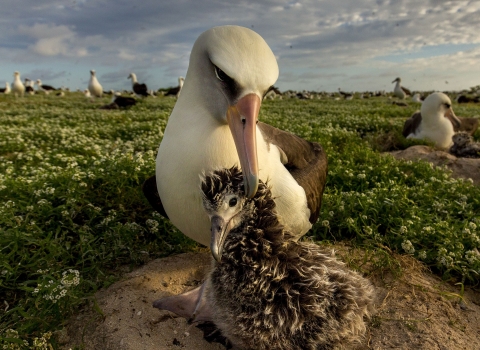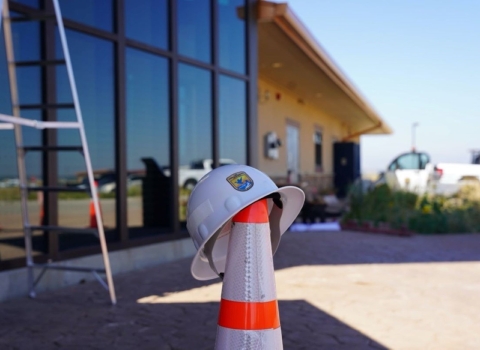VERO BEACH, Fla. -- The Florida bristle fern will be added to the list of endangered plants protected by the Endangered Species Act (ESA). An endangered plant is one that is in danger of extinction throughout all or a significant portion of its range.
Currently found only on state and county lands in Miami-Dade and Sumter counties, the Florida bristle fern is a small, mat-forming fern that resembles mosses and liverworts. Currently, there are only two known groupings of populations of this plant. In Miami-Dade County, the fern is found in limestone solution holes in rockland hammocks on the Miami Rock Ridge. In Sumter County, the fern lives on limestone boulders under thick forest cover in moderately moist hammocks. There are only six small populations of this subspecies—four in Miami-Dade County and two in Sumter County—covering a combined total area of only 155 square feet.
The U.S. Fish and Wildlife Service made the announcement today and the decision will become final on November 5, 2015, 30 days after it is published in the Federal Register. The fern was designated as a candidate for federal listing in November 2009. A proposal to designate critical habitat for the fern is expected in 2016.
The Service decided to protect fern after evaluating all available scientific and commercial information. The Service sought and received information from peer reviewers and the public about threats to the plant and its habitat. In addition, information on the plant’s biology, range, and population trends was received and considered. The Service incorporated new information into the final decision and made minor revisions. The final rule does not differ significantly from the proposal.
Federally-listed plants are not protected from damage, collection, movement, or destruction (take) on non-federal lands. If a person wishes to develop private land the potential destruction, damage, or movement of endangered or threatened plants would not violate the ESA, unless the project involves a federal permit, federal funding, or violates state law. These actions are prohibited on federal lands. Finally, the ESA does make it illegal to attempt to engage or engage in interstate or foreign commerce or to import or export federally-listed plants or solicit another to do so.
Habitat modification and destruction are the main threats to this fern. The changes to its habitat are mainly caused by urban development, agricultural conversion, regional drainage, and canal installation.
The listing of the Florida bristle fern is part of the Service’s efforts to implement a court-approved work plan under a Multi-District Litigation Settlement Agreement aimed at addressing a series of lawsuits concerning the agency’s ESA listing program. The intent of the agreement is to significantly reduce a litigation-driven workload in the future. For more information, please see http://www.fws.gov/southeast/candidateconservation/.
The Service offers willing landowners a number of voluntary and non-regulatory conservation programs to help this plant survive as they live and work on their land. Landowners interested in helping the Service conserve the Florida bristle fern or who would like more information about the potential implications of the listing should contact Mr. Ken Warren, South Florida Ecological Services Office, 1339 20th Street, Vero Beach, Florida, 32960, by telephone at 772-469-4323, or e-mail Ken_Warren@fws.gov.


